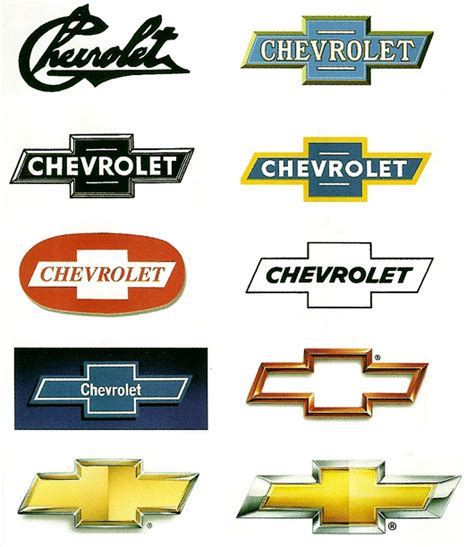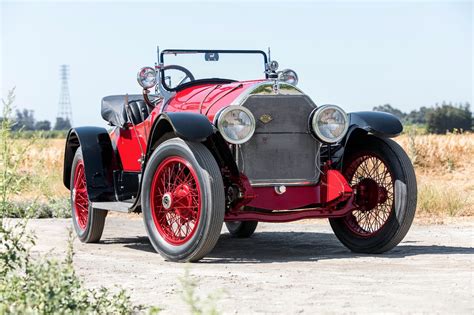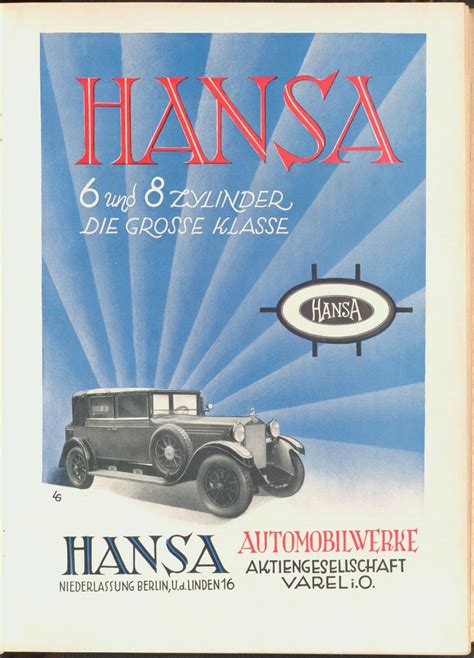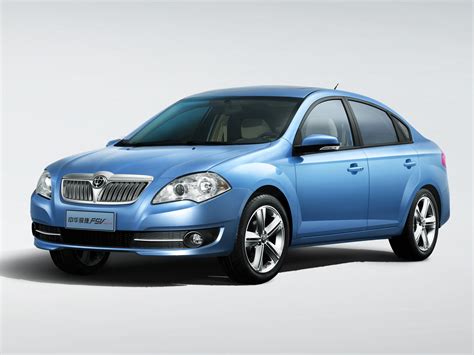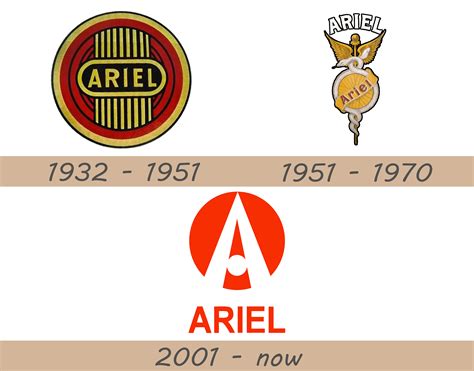Explore the early beginnings, innovation, and expansion of Chevrolet, its struggles during the Great Depression, and its modern success and growth in the post-war and modern era.
Early Beginnings of Chevrolet
Contents
Chevrolet is a well-known name in the automobile industry, but its beginnings were quite humble. The company was founded by Louis Chevrolet and William C. Durant in 1911. Louis Chevrolet was a race car driver and automotive engineer, while Durant was a leading figure in the fledgling American auto industry.
Their collaboration resulted in the creation of the Chevrolet Motor Company, which quickly gained popularity for its innovative design and superior performance. In 1918, Chevrolet became part of General Motors (GM), a move that significantly propelled its growth and success in the years to come.
Despite facing tough competition from other automakers, Chevrolet continued to thrive, thanks to its focus on quality, affordability, and mass production. The company’s early years set the stage for its enduring legacy and status as one of the most iconic automotive brands in history.
Innovation and Expansion
Chevrolet Car Company witnessed a significant period of innovation and expansion during the early 20th century. In the 1910s, the company introduced mass production techniques that allowed for greater efficiency and lower costs, making their vehicles more accessible to the general public. This was a time of great technological advances in the automotive industry, and Chevrolet was at the forefront of many of these developments.
As demand for automobiles grew, Chevrolet expanded its operations to meet the needs of a growing market. The company opened new factories and assembly plants in various locations, increasing its production capacity and reaching more customers across the country. This period of expansion allowed Chevrolet to solidify its position as a leading player in the automotive industry and set the stage for future growth and success.
During this time, Chevrolet also made significant strides in design and engineering. The company introduced new models and features that set them apart from their competitors, and their commitment to innovation and quality helped them gain a loyal customer base. Chevrolet’s focus on continuous improvement and advancement paved the way for their long-term success in the industry.
In addition to expanding their production and improving their products, Chevrolet also began to explore new markets and opportunities for growth. The company expanded its reach internationally, establishing a presence in markets around the world. This global expansion helped Chevrolet become a truly iconic and influential brand, with a strong presence and reputation that extended far beyond the borders of the United States.
Chevrolet in the Great Depression
The Great Depression of the 1930s was a trying time for many American businesses, including the Chevrolet car company. As the economy took a nosedive, car sales plummeted and Chevrolet, like many other car manufacturers, faced serious financial strain. In an effort to stay afloat during this difficult period, the company implemented various cost-cutting measures and sought out new sources of revenue. Despite the challenging circumstances, Chevrolet managed to survive the Great Depression, thanks in part to the introduction of innovative new car models and a commitment to quality and affordability.
During the Great Depression, Chevrolet rolled out several new car models aimed at budget-conscious consumers. One such model was the Chevrolet Suburban, a versatile and affordable vehicle that could be used for both personal and commercial purposes. The Suburban became a hit with consumers looking for a practical and reliable mode of transportation during uncertain times.
In addition to introducing new car models, Chevrolet also focused on improving manufacturing processes to reduce costs. By streamlining production and finding more efficient ways to build cars, the company was able to lower prices and appeal to a broader customer base. This approach helped Chevrolet weather the storm of the Great Depression and emerge as a stronger and more resilient company.
| Year | Key Event |
|---|---|
| 1934 | Chevrolet introduces the Suburban, a versatile and affordable vehicle |
| 1935 | Chevrolet implements cost-cutting measures to stay afloat during the Great Depression |
Despite the challenges of the Great Depression, Chevrolet continued to innovate and adapt to the changing economic landscape. By focusing on affordability, quality, and efficiency, the company not only survived the downturn but also set the stage for future success and growth. The lessons learned during this difficult period would shape Chevrolet’s approach to business for years to come, solidifying its position as a leading car manufacturer in the United States.
Post-war Success and Growth
In the years following World War II, Chevrolet experienced a period of tremendous success and growth as the automobile industry boomed. With the end of wartime production restrictions and the return of soldiers to the workforce, there was a surge in demand for new vehicles, and Chevrolet was ready to meet that demand. The company introduced a range of new models, including iconic cars like the Bel Air and Corvette, which quickly became popular among consumers.
As the economy improved and families began to move to the suburbs, the automobile became more than just a mode of transportation – it became a symbol of status and success. Chevrolet capitalized on this trend by offering sleek, stylish cars that were affordable and practical for the average American family. The company’s focus on innovation and design allowed it to carve out a significant share of the market, and by the late 1950s, Chevrolet had established itself as one of the leading automobile manufacturers in the world.
During this period of success and growth, Chevrolet also expanded its operations internationally, establishing a presence in markets across Europe, Asia, and Latin America. The company’s reputation for quality and reliability, combined with its diverse lineup of vehicles, made it a popular choice for consumers around the globe. This expansion solidified Chevrolet‘s position as a dominant force in the automobile industry, and set the stage for its continued success in the years to come.
Despite facing competition from other automobile manufacturers, Chevrolet continued to thrive in the post-war era, thanks to its commitment to innovation, quality, and customer satisfaction. The company’s ability to adapt to changing consumer needs and preferences allowed it to maintain its position as a leader in the auto industry, setting the stage for its continued success and growth in the decades that followed.
Chevrolet’s Modern Era
Chevrolet’s modern era has seen the company innovate and adapt to the changing demands of the automotive industry. With the rise of electric vehicles and the push towards sustainability, Chevrolet has made significant strides in producing efficient and eco-friendly cars. The company has also invested heavily in technology, with features such as advanced infotainment systems and autonomous driving capabilities becoming standard in many Chevrolet models.
Another key aspect of Chevrolet’s modern era is its global expansion. The company has established a strong presence in international markets, catering to the diverse needs of customers worldwide. This expansion has not only increased Chevrolet’s market share but has also contributed to the company’s overall growth and success.
In addition to technological advancements and global expansion, Chevrolet’s modern era has been marked by a strong focus on safety and reliability. The company has consistently prioritized the development of advanced safety features and has earned top ratings in crash tests and quality surveys. This commitment to safety has helped Chevrolet maintain its reputation as a trusted and dependable automotive brand.
Furthermore, Chevrolet’s modern era has emphasized sustainability and environmental responsibility. The company has made significant efforts to reduce its environmental impact, adopting eco-friendly manufacturing practices and promoting the use of alternative fuels. With the introduction of electric and hybrid models, Chevrolet has demonstrated its commitment to a greener future for the automotive industry.
Overall, Chevrolet’s modern era has been characterized by innovation, expansion, and a strong commitment to sustainability. As the company continues to evolve and adapt to the changing landscape of the automotive industry, it remains a leader in producing high-quality, advanced, and environmentally conscious vehicles.

